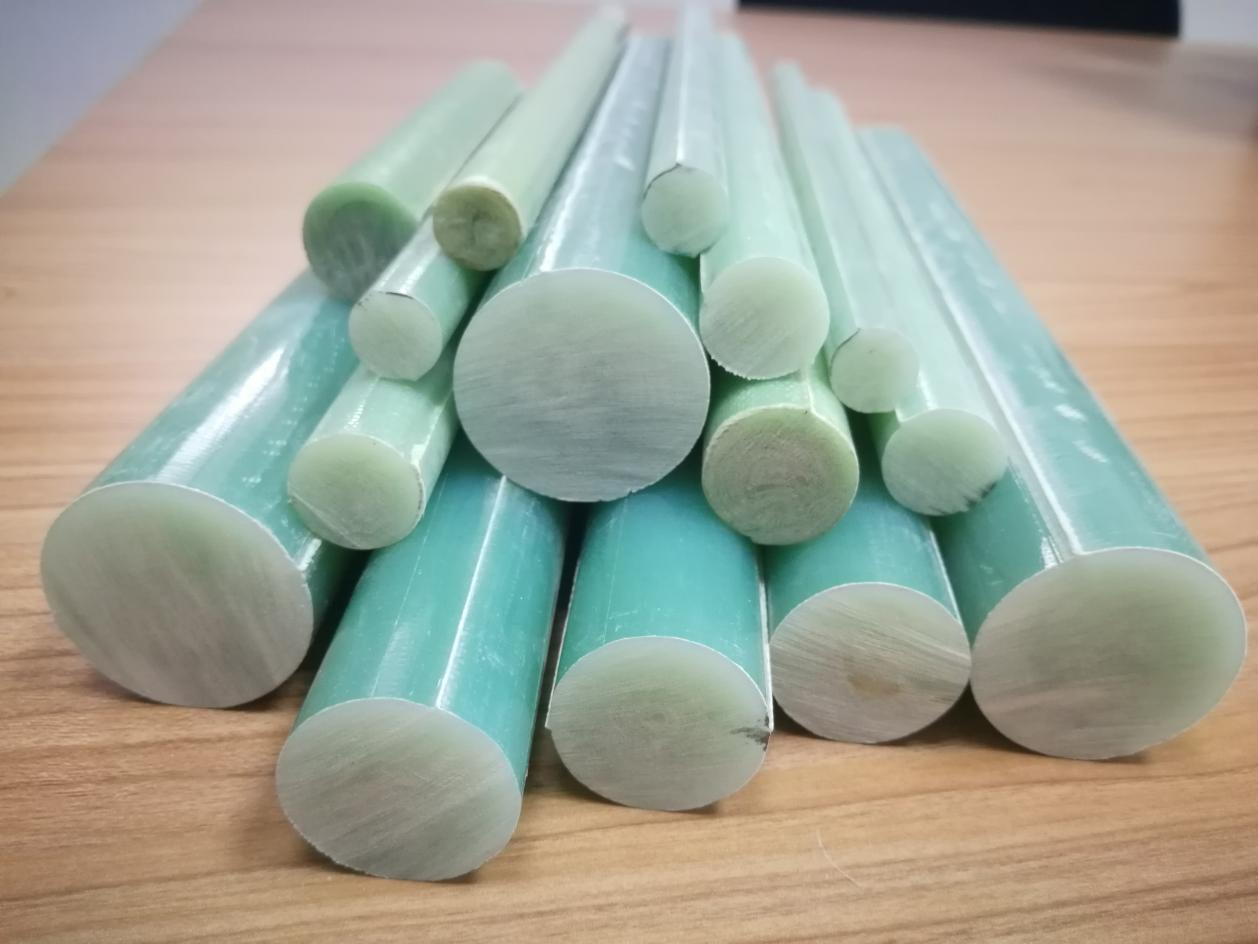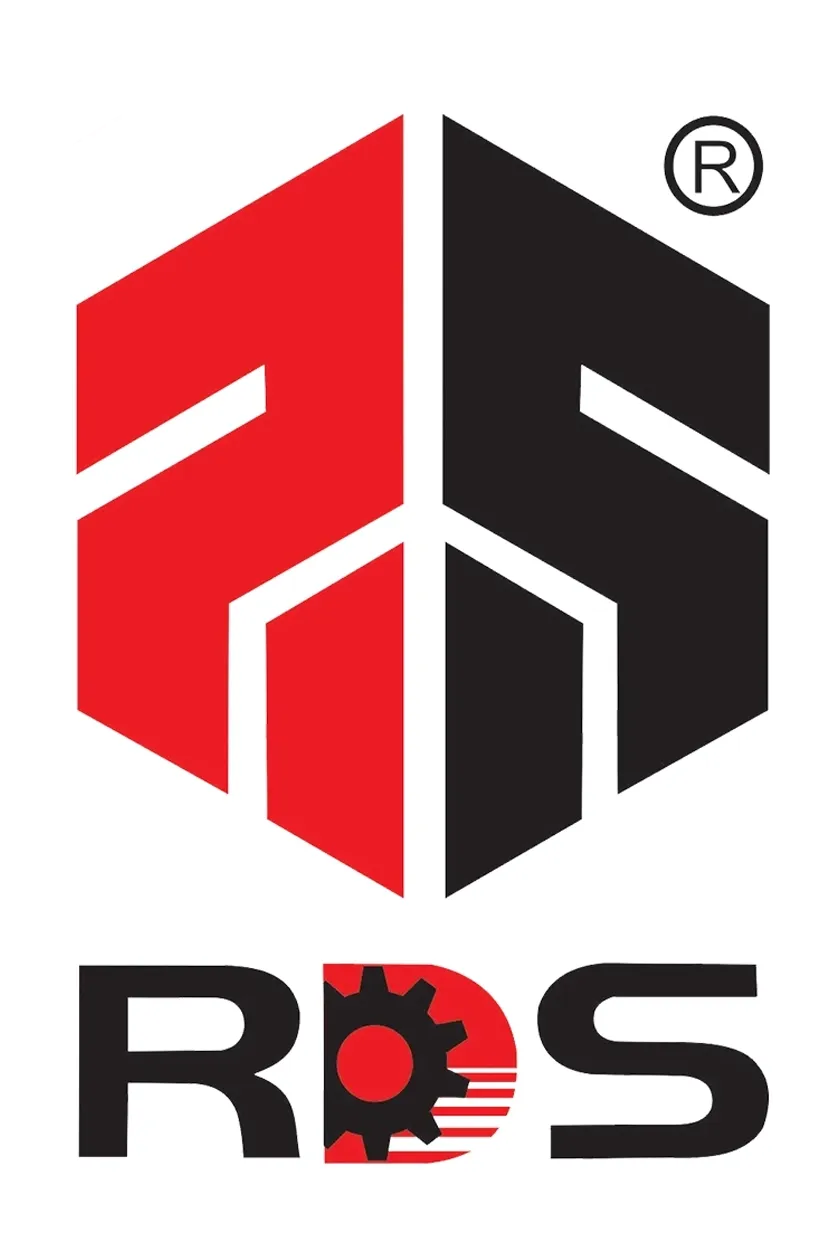How are epoxy fiberglass laminate rods defining industrial insulating materials?
Time : 2025-07-01
Epoxy fiberglass laminate rods, commonly known as epoxy rods, are composite materials formed by impregnating non-alkali glass fiber cloth with epoxy resin and hot-pressing it through a molding die.
1. How is the epoxy fiberglass laminate rod made?
- Material Makeup: Constructed from non-alkali glass fiber cloth (as the reinforcing substrate) and epoxy resin (as the matrix binder).
- Manufacturing Process: The glass cloth is saturated with epoxy resin, layered, and then cured under heat and pressure in a cylindrical mold, resulting in a solid rod with uniform cross-section.
2. What are the key properties?
- High Mechanical Strength: Exhibits excellent tensile, bending, and compressive strength, suitable for load-bearing components in mechanical systems (e.g., shafts, supports) that require resistance to deformation.
- Superior Electrical Insulation: Maintains high dielectric strength and volume resistivity, making it ideal for insulating parts in high-voltage equipment (e.g., transformers, switchgear) to prevent electrical breakdown.
- Chemical Corrosion Resistance: Resistant to acids, alkalis, and salts, suitable for use in corrosive environments (e.g., chemical processing, marine applications) without degradation.
- Thermal Stability: Retains mechanical and electrical properties at elevated temperatures (typically up to 130°C for B-class insulation), suitable for heat-generating equipment.
- Good Machinability: Can be easily cut, drilled, milled, or threaded to custom dimensions, enabling precise fabrication for various applications.

3. What are the common uses of epoxy fiberglass laminate rods?
- Electrical & Electronics: Insulating rods, supports, and spacers in transformers, motors, generators, and circuit breakers.Substrates for printed circuit boards (PCBs) and components requiring high insulation.
- Mechanical Engineering: Structural components like gears, shafts, and handles that demand high strength and wear resistance.
- Aerospace & Aviation: Lightweight yet robust parts for aircraft interiors, satellite structures, and engine components.
- Chemical & Industrial: Corrosion-resistant pipes, casings, and fixtures in chemical plants, wastewater treatment, and marine engineering.
4. Common Standards & Types
- NEMA G-10/G-11: G-10 (EPGC21) offers medium-temperature mechanical and electrical properties, while G-11 (EPGC22) maintains strength at higher temperatures.
- FR-4: Flame-retardant variant (EPGC23) compliant with UL94 V-0, suitable for fire-sensitive applications.
- Equivalent Specifications: DIN Hgw2375, GB/T 5130 (China), and JB/T 10191 (mechanical standards).
In summary, epoxy fiberglass laminate rods combine the reinforcing strength of glass fiber with the adhesive and insulating properties of epoxy, making them versatile in high-performance industrial and technical applications.
 EN
EN






















